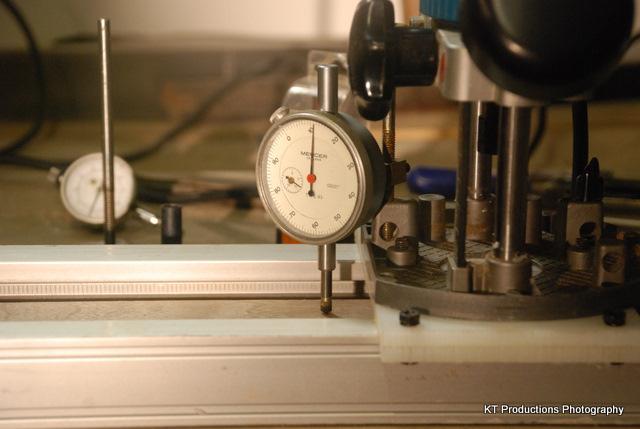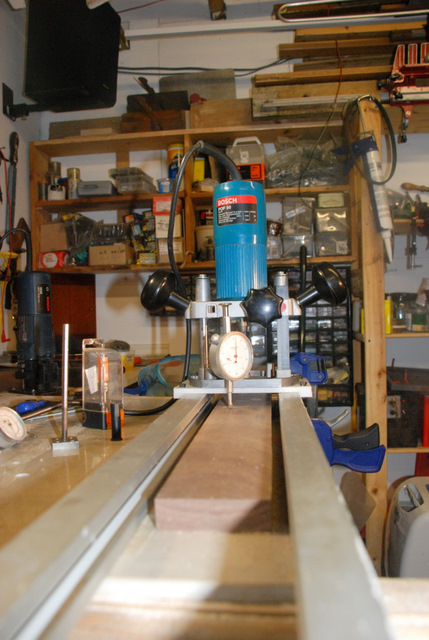brianhabby
Established Member
Hi everyone,
I have some wide (15") board to handle.
I've often seen reference to thicknessing with a router but can't recall reading any details of how it is done. I assume it would involve a suitable jig but am at a loss to figure the jig out.
Has anyone any experience of doing this or ideas that might help?
regards
Brian
I have some wide (15") board to handle.
I've often seen reference to thicknessing with a router but can't recall reading any details of how it is done. I assume it would involve a suitable jig but am at a loss to figure the jig out.
Has anyone any experience of doing this or ideas that might help?
regards
Brian




































